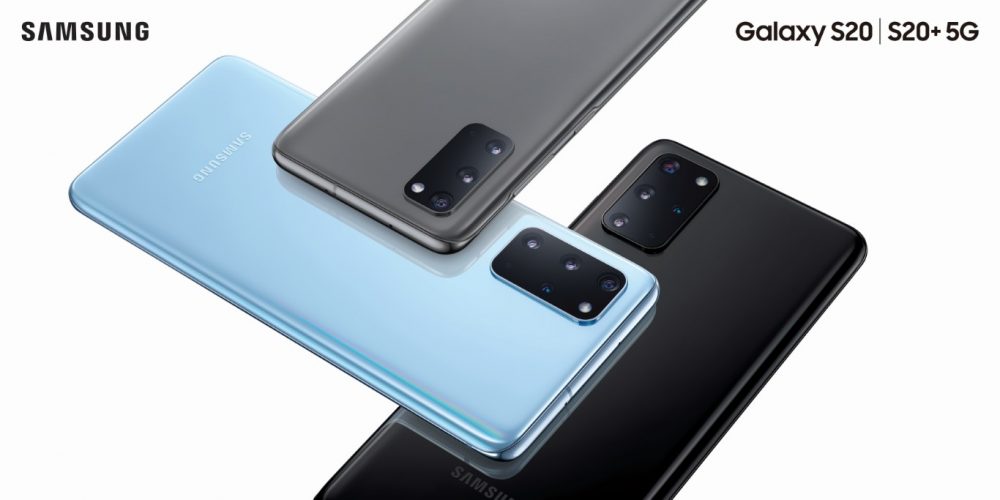BigString is a company set on eliminating “email sender remorse” by allowing you as the email sender to control emails even after they’ve landed in the recipient’s inbox. I was intrigued both from a technical perspective (i.e., how does it work?) and from a sociological perspective (i.e., what does potentially needing this technology tell us about ourselves?). The company even hosts a weekly contest where it asks for your worst emails (sent to wrong person, reply all mistakes, email while drunk, etc.) and awards the most embarrassing ones with cash prizes. So, first off, here’s how it works:
When your email account is setup with BigString, it appears that your emails are actually sent out as images that are hosted off of BigString’s servers. But the recipient can’t really tell the difference. This kind of system allows for BigString to track how many times the image is viewed, how long it’s been there, and whether it’s viewed by people at different computers.
So the recipient can’t copy and paste very easily (it’s not text) and can’t really forward the email without your permission (you see when it’s received anywhere and can block it from being sent out again). When you as the sender decide to destroy the message, BigString just removes the image from its server, and the message disappears from the inbox of the recipient. The email is still there in the inbox but only the “from” and “subject” lines remain (so be careful with your subject lines, I guess); the body is empty.
But is this something you’d pay for? Do you really need it? Does anyone really have this problem often enough to merit restructuring how they use email? Answer: maybe.
If I email someone with information I’d rather not have them share with the rest of the world, I’d like to think I could trust that person without monitoring how they handle that email. And I wonder too, if this service takes off, what it might mean if you find yourself frequently receiving a bunch of empty emails… I think it’d be a very unique conversation starter, “So, Bob, I got another blank email from you. What’s up?”
I’m not saying it’s a bad idea, I guess I’m just saying I feel sad for anyone who has to consciously use it / think about it on a daily basis when sending email.
